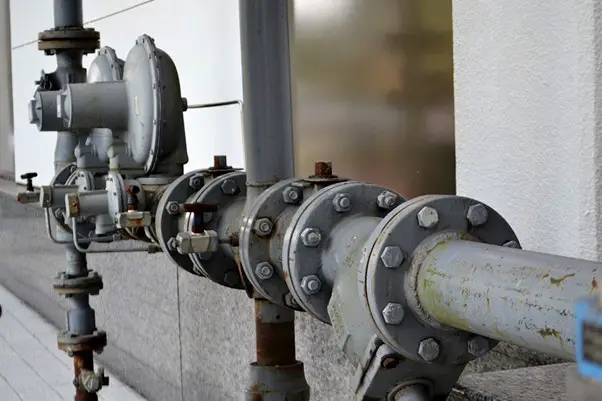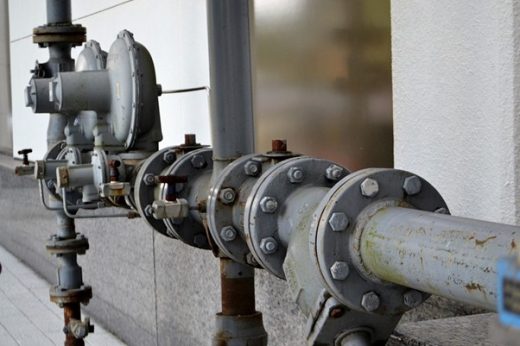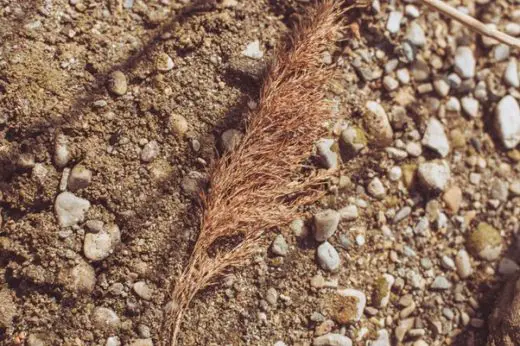Planning to install a new septic system guide, Here are the things to consider, Property underground wastewater treatment advice
Planning to Install a New Septic System? Here are the Things to Consider
2 Mar 2021
Nowadays, installing a septic system in every residential property is a necessity. Septic systems are underground wastewater treatment structures. This process makes use of a combination of nature and technology to treat wastewater from household plumbing induced by kitchen drains, laundry, and bathrooms. Moreover, if you take a deeper look at it, you will see that there are many benefits to installing a septic system at your home.
Planning to Install a New Septic System Help Guide
However, whether you are thinking of installing a new septic system or replacing your old one, it needs to go through detailed planning. Many factors need to be taken into consideration before the construction. It is also important to have a handful of knowledge regarding this matter to avoid future complications in your septic system.
If you are looking for some pointers to help you with this, listed below are the things that you need to consider when installing a new septic system.
Amount of Lot Space
Septic systems aren’t exactly small as others think. Your drain field must be wide enough to support the amount of water waste that the system collects every day. If your drain area is too small, it can overflow and flood quickly. When this flood happens, it will induce sewage backup in your pipes, thereby contaminating the groundwater. Therefore, you can select your property area that will make the proper size of your drain zone.
Septic System Options
Before installing a piece of water-treatment machinery at your home, you need to make sure that it is compatible with your area. There are various systems that you can choose from. However, you can’t just choose any septic system hastily. It would be best if you found out whether it is authorized in your area or not.
If a local authority agency carries out a soil assessment on your property, you should obtain a list of options for a different type of septic system. Experienced workers from professional septic pumping services can explain how each system on the list has to be approved by the state or local authority. If you’ve never had to perform a soil assessment, please contact your local governing agency to determine which systems are authorized for installation in your area. Besides that, other external factors may affect your choice, including the lot area, soil features, and compatibility.
Here are some of the commonly used septic system types:
- Conventional System
- Chamber System
- Drip Distribution System
- Aerobic Treatment Unit
- Mound System
- Sand Filter System
- Evapotranspiration System
Soil Features
All septic tanks should have to be placed in the appropriate soil to operate properly. The soil must have a high absorption capacity since it has to contain and process the wastewater before it is discharged into the environment. Sandy or undisturbed soil provides the best potential for absorption. Bedrock and soil with a heavy proportion of clay hinder water, so it should be avoided. Aside from that, it would be best if you steered clear of soil with coarse gravel, rising water tables, and low loading rates.
Location of the Septic System
The ground area on which you choose to build your drain field and septic tank is important. You should avoid positioning the septic tank at the base of the steep slope. When it rains, the water rushes down and eventually floods the tank or the leach area. When the drain field overflows, it can cause severe damage to your whole system. With nowhere to go, wastewater could flow back to your home and leads to sewer backups. It may even seep through the surface of the ground and cover the yard with a nasty, waste stench. To avoid this from occurring, it’s important to choose a flat surface with proper consistency to ensure your drain field works properly.
Size of the House
The size of the septic tank and the drain field’s size is influenced by how small, or big your area is. When it comes to the size of the tank, the bigger the house, means that the larger the septic tank you’re going to need. It is also important to consider the number of rooms the house has. If your septic tank is too small, it would not be capable of dealing with the household’s volume of water. This will result in overflowing, bad fumes, and blockage—all of which will result in unnecessary costs.
Aside from the number of bedrooms, you might need some extra consideration in regards of:
- Number of kitchens/sinks
- Number of dishwashers
- If you have water facilities in your home such as bathtubs, spa, and swimming pool.
Landscape Design
Both human-made and natural structures in your area, such as water wells, plants and trees, and buildings, can affect your drainage installation. It is advised to seek a professional regarding this matter so that you can avoid obstruction of the structures and future complications for the septic system. For instance, taking advantage of professional septic pumping services or Atlantic Sitton’s top-notch residential services will let you tap into the expertise of experienced teams who can help you navigate the complexities of installing and maintaining septic systems.
This is much better than attempting to learn everything from scratch yourself. That said, it’s still useful to understand a few basics. When working in barrier zones, you need to navigate power wires, tree roots, and additional obstacles. Avoid those areas to prevent damage to the equipment.
Legal Requirements
Homeowners must have a permit to install a septic system, and most states mandate septic tank installers to be licensed or certified. A permit from a state or municipal government department, or both, depending on where you reside, is required prior to the construction of a septic system.
In most cases, you will complete the application, including the requisite fees, and then an inspector will come to review the proposed site. If the site is accepted, you will be presented with a list of licensed septic tank installers to choose from. Septic system permits are valid for five years in most countries, and renewing a permit typically requires renewal fees and undergoing another inspection.
At the end of this, installing a new septic system in your house can take a lot of effort and should be headed with proper and meticulous planning. It is essential to be hands-on when it comes to planning as well as be knowledgeable about the matter. You need to gather as much information in the first place to avoid further complications for your newly installed septic system.
Most importantly, don’t forget to seek professional help when installing your system as it cannot be done on your own. It is needed to be supervised with a licensed septic tank installer because they have proper experience and training in providing safe and hazard-free installation or repair for septic systems. This article will probably help you to start planning for your future septic system.
Comments on this guide to Planning to Install a New Septic System? article are welcome.
Building Drainage
Septic System Articles
Septic System microbes and bacteria
Drainage and Plumbing Posts
Why it is important to clean blocked drains
Ultimate Drainage Infrastructure Guide
Home Design
Residential Architecture
Comments / photos for the Planning to Install a New Septic System? Here are the things to consider page welcome.








